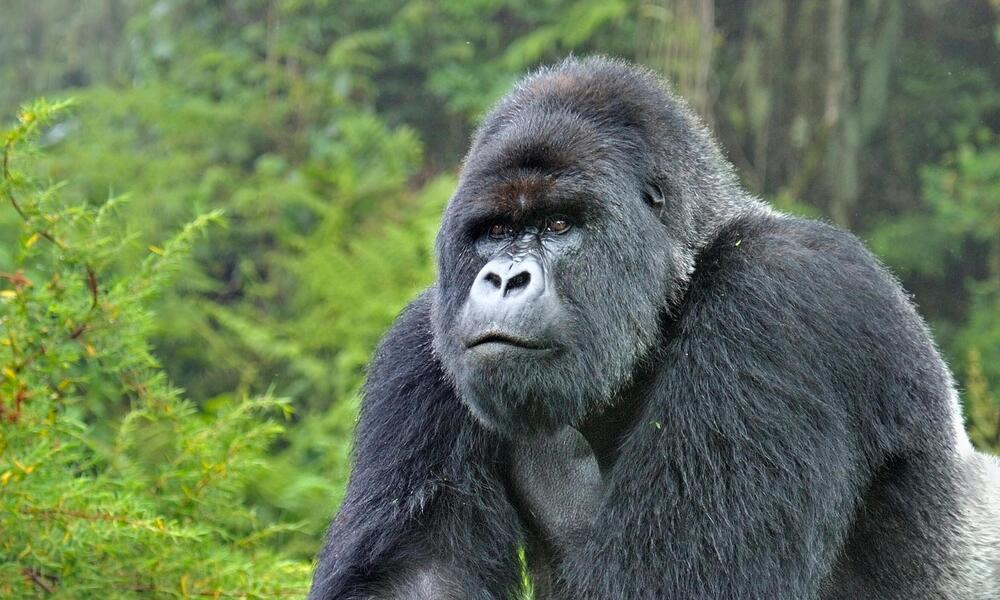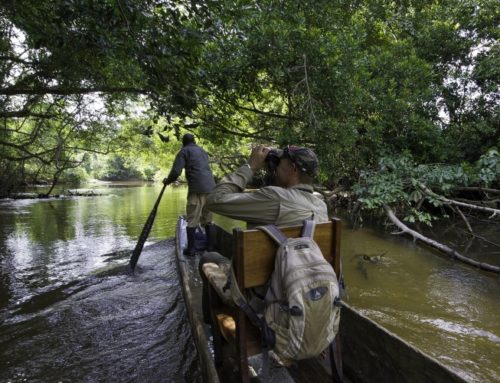Is Gorilla Trekking Ethical?
The question of whether gorilla trekking is ethical is something we have been asked by intending visitors (especially first-timers). Many nature/animal lovers are interested in knowing whether it is right or wrong to visit these Giant Apes in their natural before booking their trips, especially considering they wouldn’t want to disturb their peace. This article will therefore answer your question of “whether gorilla trekking is ethical”. We are excited to inform you that gorilla treks are very ethical, because the wellbeing of the Great Apes, their natural habitats, and neighboring local communities are taken into top priority.
It is undeniable that gorilla trekking is ethical because the adventure directly contributes to the conservation of endangered Mountain gorillas and their vulnerable natural habitat. Additionally, a significant percentage of gorilla permit fees fund different conservation initiatives on top of supporting several anti-poaching efforts (through paying Park Rangers) and funding sensitization and awareness Campaigns that highlight the significance of gorilla tourism and conservation.

Mountain Gorilla (Gorilla beringei)
The local communities living around Gorilla National Parks (Volcanoes National Park in Rwanda, Virunga National Park in the Democratic Republic of Congo, Mgahinga Gorilla and Bwindi Impenetrable National Parks in Uganda) also benefit from ethical gorilla trekking adventures. Employment opportunities have been offered to the locals (porters, Rangers, entertainers, Craft makers, and many others) hence improving the local infrastructure in the long run. Besides guides, Rangers, porters, and others, visitors book accommodation in Lodges run by the locals hence promoting sustainable livelihoods of the local community members.
All the countries where mountain gorillas are found employ a wide range of gorilla trekking rules and regulations/guidelines that ensure the well-being of the mountain gorillas, their natural habitat and also ensure the safety of visitors. These guidelines include;
Maintaining a distance of 7 meters away from the Giant Apes, which reduces the risk of spreading diseases to the mountain gorillas and vice versa. One important fact to note at all times is that these Giant Apes are closely related to humans, sharing at least 98.2% of their DNA with humans.
Not visiting the mountain gorillas if you are unwell, especially when sick with flu, cough, measles, Tuberculosis, and other communicable diseases which will most likely affect their health.
Not drinking, smoking, and eating while in the presence of the mountain gorillas because it not only creates curiosity but also increases the chances of spreading diseases.
Not throwing rubbish in the National Park (practicing the principle of packing in, packing out at all times) because they become breeding places for germs.
Not touching the mountain gorillas while watching and taking photos of them, because it is one of the ways to spread diseases to the Giant Apes.
Using non-flash cameras when taking photos as it not only startles them into hiding but is also likely to make them charge, thus cutting short your gorilla viewing time.
Sticking to the mandatory one hour of watching/photographing the mountain gorillas. This guideline is provided for several reasons, one being to reduce the possibility of spreading diseases and the second to avoid irritating them.
Not touching the mountain gorillas while viewing or taking photos, and even when the curious infants come close, you are advised to slowly withdraw backward without drawing attention or startling them.
When is the best time to visit the mountain gorillas?
The best time to visit the endangered mountain gorillas is during the dry months (June to September and December to February) when precipitation levels are lower making forest trails less challenging to maneuver through when searching for the Giant Apes. While the wet months- March to May and October to early December are marked by increased rainfall levels, gorilla treks still go on as planned (because it doesn’t rain all day).
However, whatever the season, it is important to be prepared by wearing a long-sleeved shirt/s, safari pants, gardening gloves, sturdy hiking boots, and a hat, and also carry a rain jacket in addition to your camera and binoculars.

